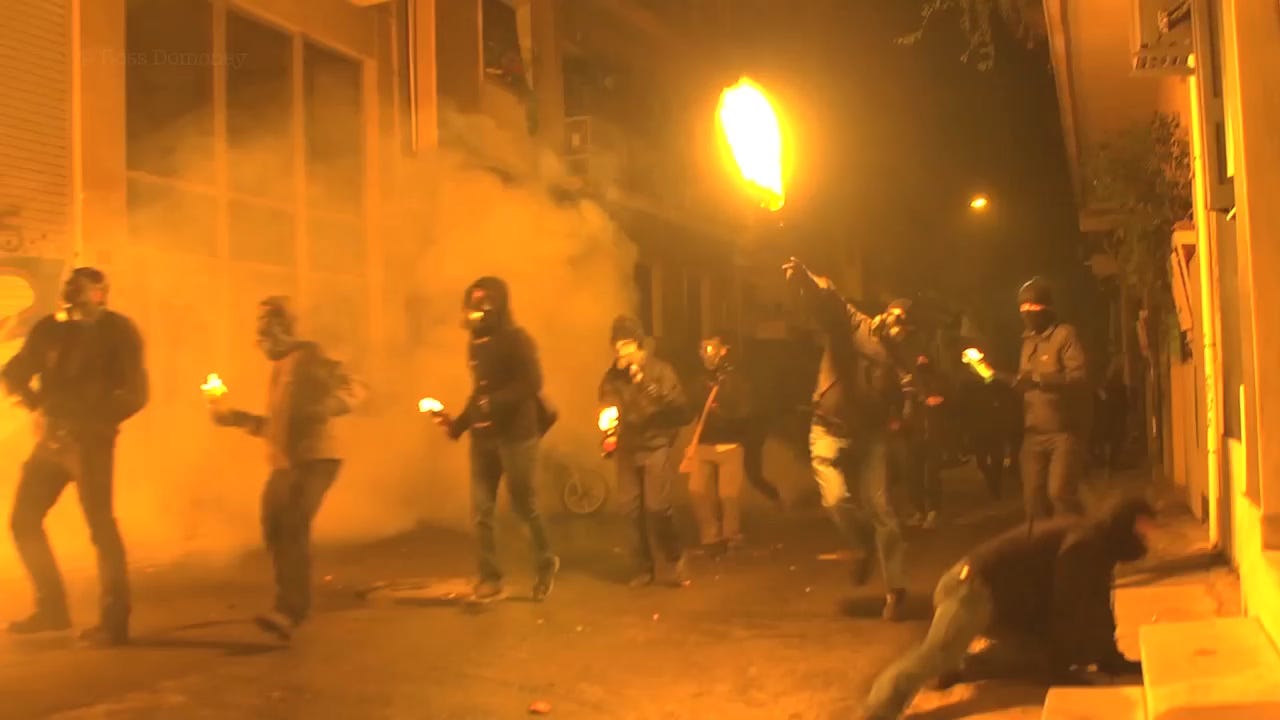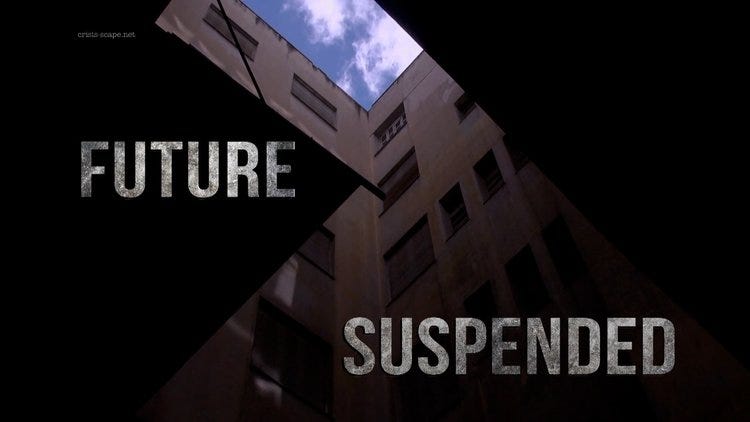Recently, Greece witnessed one of the largest protests in its modern history. Clashes erupted, and riot imagery flooded the internet like wildfire. This marked the second anniversary of a train crash that killed 57—an incident many accuse the government of covering up.
As a filmmaker, I encountered that familiar feeling—the raw energy of documenting a protest in motion.
The camera is a tool to capture the lived experience of politics. Demonstrations, riots, and the explosive release of anger against injustice is how some of us first get into video reportage and documentary filmmaking.
But over time, perspective shifts. The adrenaline of the streets gives way to deeper questions and a maturity in image-making.
In my early years filming protests in Athens, I was lucky to collaborate with an incredible group of friends: academics, researchers, and musicians. Together, we built something beyond protest footage—a film about public space and how it is militarized during times of economic crisis.
Future Suspended traces the layered transformations of crisis-ridden Athenian public space and the people who move through it.
Looking back, there’s plenty we could have done better. But it’s a reminder of how storytelling expands through collaboration and resourcefulness.
We made that film on a shoestring budget. Yet, through collective effort, we moved beyond the seduction of riots and discovered the hidden layers of the streets.
We often consider our craft an individual pursuit, but what happens when we expand it through collaboration? How can you leverage the skills, vision, and creativity of those around you to push your work further than you could alone?
Ross




